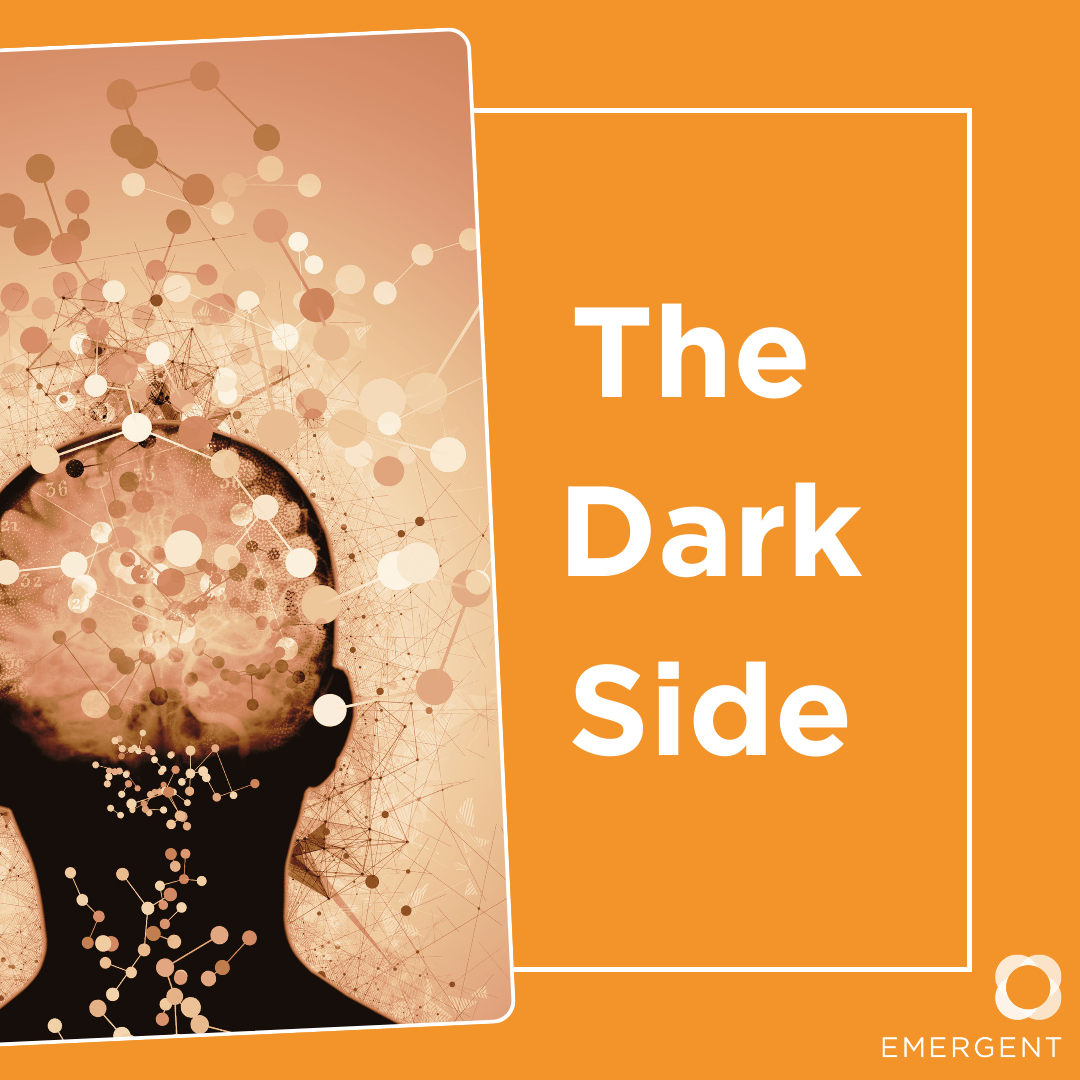What a way to start the new year, by delving into what’s dark, hidden and subconscious! You might have expected a fresh-faced, bright-eyed take on resolutions and new beginnings. But I think it’s time to stop pretending everything is that simple. To achieve real change, we need to take a truly holistic approach to our development which includes the half (more or less) of our being that is not yet in the light.
Carl Jung, the Swiss psychotherapist and psychologist most famous for his “analytical theory,” had, in his time, a unique idea of personality. He theorized that people’s experience of the world is guided by one of four preferences: sensation, intuition, thinking, and feeling. These four “personality types” were later fleshed out to become the Myers-Briggs Type Indicator, a personality type survey still used today.
But Jung brought an even more impactful theory to the field: the shadow self. Jung suggested that there are three levels of existence in every person’s psyche. These are the conscious, the personal unconscious, and the collective unconscious. Contemporary development theories and practices borrow greatly from his work, especially considering the conscious (light) and unconscious (shadow) self. Simply put, the conscious self is every thought, sensation, and feeling we are aware of, while the unconscious self makes up that vast body of internal data that we don’t quite notice. The sound of the cars passing, say, or a childhood memory we haven’t thought of in years. It’s somewhere in our heads, but we don’t know it.
To understand the relationship between the conscious and unconscious, consider some familiar dualities: hot and cold, black and white, love and hate. Although these are often described as opposites, it’s clear they exist on a continuum. To use a common Emergent-ism, the conscious and unconscious, like hot and cold, are neither opposites nor adversaries; they are polarities to be managed. Jung’s great contribution was postulating that the greatest opportunity for holistic human development lies in exploring the relationship between the conscious and unconscious minds.
As a professional coach whose education and interests lie deeply in psychology, I am often probing my client’s “dark side”–the unconscious mind–without them noticing. Even as they respond to the questions I ask, they are typically unaware that I am inviting them to look deeper into their psyche, specifically their limitations, their barriers, and their “shadow.”
To clarify, when I say “dark side,” I’m not talking about Darth Vader. The shadow self does not hold evil. It’s simply that place our awareness doesn’t yet penetrate: our blind spots, where the light doesn’t reach. Part of my job is to ask gentle questions that cast light on these areas. I try to get my clients to look at parts of themselves they rarely see. Often they find, lurking in the shadows, the answer to a mystery their conscious mind couldn’t solve on its own. The deeper my client is willing to go–the more darkness they are brave enough to explore–the more transformational the work.
What does shining light on the dark side look like? Positive affirmations, for one example, as well as mindfulness exercises like meditation and journaling. All are very effective practices, but they can only go so deep into the blind spots. And contemporary research is showing that these practices must be repeated over and over to be effective. It’s a practice, like exercise, that can and will atrophy if you stop.
But there is another aspect to this polarity: bringing the shadow out into the light. While aimed at the same goal of holistic development, this practice is very different. It involves becoming aware of and connecting with what might be holding us back, and then demonstrating a willingness to change course. This is the deeper work of challenging our limiting beliefs, faulty assumptions, and harmful interpretations that are not resulting in the outcomes we desire.
In the not-too-distant past I was doing this kind of work with a coach to better understand my fear of success. You read that correctly. Not my fear of failure… I have that, too, which is a normal aversion to looking inadequate or being wrong. But my fear of success is a more complicated issue with roots in my Unconscious.
Why would anyone be fearful of success? For me it turned out to be a deeply-held belief that very successful people are selfish and arrogant. I worried I would become unapproachable and perhaps even rejected by many if I were very visibly successful. I didn’t understand this until my coach walked me through a process of discovery. Together, we dragged a part of my shadow self into the light. With this awareness (and some new practices in place), I can admit that this was a very ungenerous view of people, and that, without even knowing it, I was limiting myself!
Bringing your shadow into the light takes a lot of courage and a lot of energy. This work can be done alone, but having a practitioner to guide you is most beneficial. At Emergent, we are working to incorporate this type of development training into our coaching practice, and our LeadFORWARD experience has been redesigned to provide more holistic development starting in 2025.
As we enter the new year, know that we’d be honored to work with you in any capacity. It is our hope that by making a more holistic impact on leaders in Central New York, we will enhance our community that much more! Feel free to send me an email at [email protected].

Comments (0)